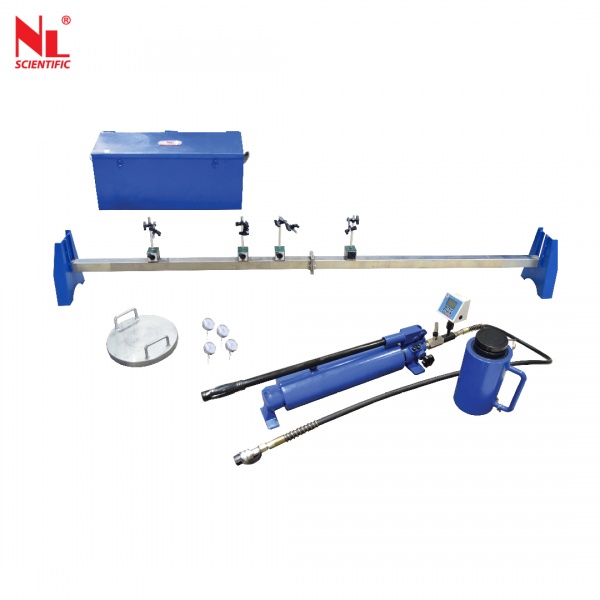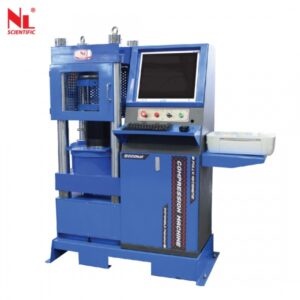Description
Standard: BS 1377:9, ASTM D1194, D 1195, D1196
Plate Bearing Equipment, also known as Plate Load Test Equipment, plays an important role in construction by assessing soil bearing capacity and settlement behaviour. It consists typically a heavy-duty steel plate, often circular, positioned on the ground surface at the construction site. By applying a known load to the plate, typically through hydraulic jacks or analogous methods, engineers can measure the resulting settlement of both plate and the adjacent soil, providing important insights into soil stability for designing structures such as building, bridges, and roads.






